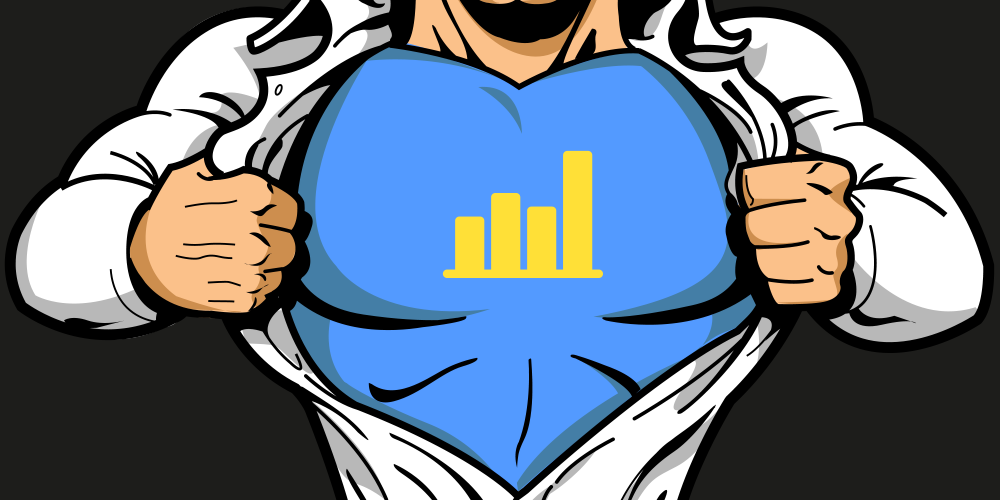When the Cannes Lions festival hosted its annual“Creative Data Lions” [LZ1] show this year, even the most reluctant creative had to acknowledge that there is no way around this “big data thing” anymore. However, many creatives are quite intimidated by big data’s abstract vagueness and imperative B.I.G. capitals. Plus, the concept is riding a tsunami-sized buzz-wave which doesn’t help promote clarity either.
Big Data’s hyper-imposing promise of objectivity, certainty and predictability must surely be the worst enemy of any creative, killing the spontaneous and intuitive magic of their art… or not?
Well, there are two big misconceptions in place here:
First, a real creative has very little in common with the stereotype of the right-brained magician that blindly and impulsively follows sudden intuitions. Instead, any good creative combines contradictory attributes: the analytical with the intuitive, the sequential with the experimental, the curious with the goal-oriented etc. He or she applies combined right-brain and left-brain thinking. Actually, processing (sometimes quite big) amounts of data has always been part of a creative’s problem-solving kit, which is especially true for those working in other fields than marketing, eg. architects or interaction-designers.
Secondly, data as such isn’t as objective as it may seem. Data won’t provide any answers by itself. There’s always a human being at the intersection that selects, contextualizes and interprets. It’s not a 1/0 decision: Big data certainly does not equal certainty. But even if it did, certainty wouldn’t be its greatest power: immense quantity may have given it the name (Big Data), but it’s the quality we can derive that makes things interesting (Smart Data).
A whole new world opens up here. We might call the ones who can make sense of it and use it effectively “Data-driven Creatives”. They are a new breed, a new genre so to say, and a necessary one. Today, social data enables us to measure the success of creativity in great detail. At TD Reply we have developed the “Data-driven Creativity Index”. It is based on a tri-step formula that follows from creative conception (Endorsement + Involvement) to creative realization (Execution + Conversion) and creative impact (Sustainability + Engagement) and thereby establishes a convincing and unbiased measurement-model. Ultimately it can demonstrate that jury-picked, award-winning ideas are not always the ones that resonate most with audiences…
Our creative credo at TD Reply reads as follows:
Creativity is nothing if it doesn’t aim for relevance and impact.
To start with, it’s quite obvious that data supports the first of the two pillars: Skilled data analysts will increase the preciseness of briefings by pointing into the direction that matters to audiences most and precisely the audience any communication asset is meant to reach out to; thorough testing and iteration leverage relevance of any creative output by allowing for qualitative feedback that can be integrated and thus drive ideas to the core of what matters to audiences.
Here, the second point comes into play: Yes, data can strongly increase creative impact – if it is approached unconventionally. Using big data to avert risk will just lead to safe ideas with little impact, the mediocre ideas that everyone else will also come up with. Data-driven creatives do it differently: they team up with data-analysts to approach data playfully and with curiousness. They take an unusual point of view to find the quality within the quantity, the inspiring meaning in the numbers, the “Wow, really? Now that’s interesting!”. They balance data with intuition and try to blur the line.
“Teaming up” is not an easy task though. It involves establishing a common language between analyst and creative for a collaboration that goes well beyond data-fueled briefings. This way data does not prevent risk but actually gives confidence to take the right risks.
Both is possible: Data can kill creativity. And data can drive creativity. It’s up to us to make the latter happen.
BACK TO ALL ARTICLES